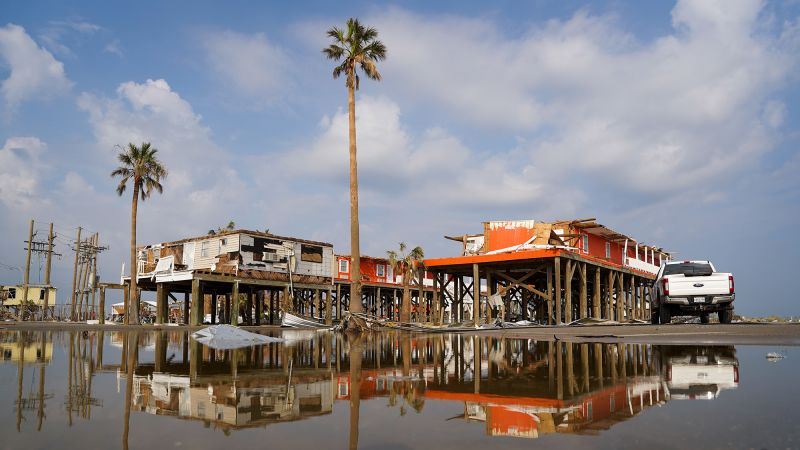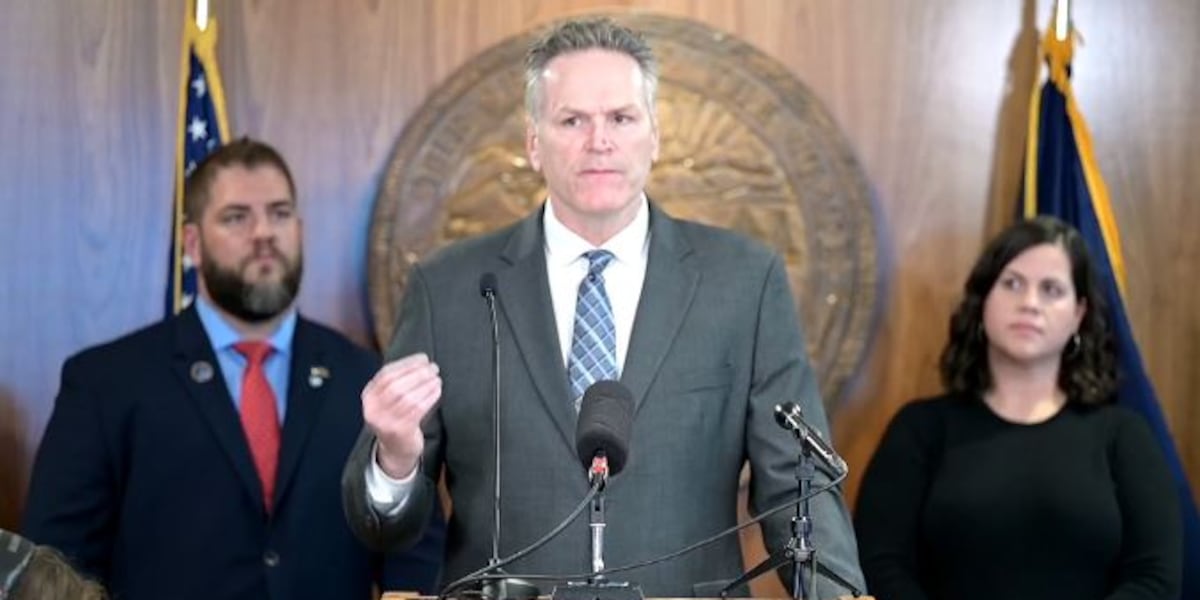Global Sea Level Rise: Understanding The Threat To Coastal Populations

Welcome to your ultimate source for breaking news, trending updates, and in-depth stories from around the world. Whether it's politics, technology, entertainment, sports, or lifestyle, we bring you real-time updates that keep you informed and ahead of the curve.
Our team works tirelessly to ensure you never miss a moment. From the latest developments in global events to the most talked-about topics on social media, our news platform is designed to deliver accurate and timely information, all in one place.
Stay in the know and join thousands of readers who trust us for reliable, up-to-date content. Explore our expertly curated articles and dive deeper into the stories that matter to you. Visit Best Website now and be part of the conversation. Don't miss out on the headlines that shape our world!
Table of Contents
Global Sea Level Rise: Understanding the Threat to Coastal Populations
The rising tide is no longer a poetic metaphor; it's a stark reality for millions living in coastal communities worldwide. Global sea level rise, driven primarily by climate change, poses an existential threat to coastal populations, infrastructure, and economies. Understanding the scale of this challenge and its cascading effects is crucial for mitigating its impact and building a more resilient future.
The Unfolding Crisis: Causes and Consequences
The primary driver of global sea level rise is the expansion of seawater as it warms (thermal expansion) and the melting of glaciers and ice sheets. This process, accelerated by human-induced climate change, is causing sea levels to rise at an alarming rate. While the global average rise might seem small, its effects are amplified in certain regions due to factors like land subsidence and ocean currents.
Several significant consequences are already being observed:
- Increased Coastal Flooding: Higher sea levels exacerbate the impact of high tides and storm surges, leading to more frequent and severe coastal flooding. This damages property, disrupts livelihoods, and threatens human lives.
- Erosion and Loss of Land: Rising sea levels accelerate coastal erosion, swallowing beaches, wetlands, and even entire islands. This loss of land displaces communities and diminishes vital ecosystems.
- Saltwater Intrusion: Seawater encroaches into freshwater aquifers, contaminating drinking water supplies and impacting agriculture. This poses a serious threat to food security and public health.
- Damage to Infrastructure: Coastal infrastructure, including roads, bridges, and power plants, is vulnerable to damage from flooding and erosion. The cost of repairing and replacing this infrastructure is astronomical.
- Displacement and Migration: As coastal areas become uninhabitable, communities are forced to relocate, leading to internal displacement and migration. This can strain resources and create social and political instability.
Vulnerable Populations: A Focus on Equity
The impacts of sea level rise are not felt equally. Low-lying island nations and developing countries with extensive coastlines are disproportionately vulnerable. These communities often lack the resources to adapt to rising sea levels, exacerbating existing inequalities. This highlights the urgent need for global cooperation and equitable solutions.
Mitigation and Adaptation Strategies: A Path Forward
Addressing the threat of global sea level rise requires a two-pronged approach: mitigation and adaptation.
Mitigation: This focuses on reducing greenhouse gas emissions to slow the rate of sea level rise. This involves transitioning to renewable energy sources, improving energy efficiency, and adopting sustainable land-use practices. Learn more about climate change mitigation strategies from the .
Adaptation: This involves implementing strategies to reduce the vulnerability of coastal communities to the effects of sea level rise. This includes:
- Building seawalls and other coastal defenses: These structures can help protect against flooding and erosion.
- Restoring coastal ecosystems: Mangroves, salt marshes, and other coastal wetlands act as natural buffers against storm surges and erosion.
- Relocating communities: In some cases, relocating communities away from vulnerable areas may be the most viable option.
- Developing early warning systems: These systems can help communities prepare for and respond to coastal flooding events.
The Call to Action: Collective Responsibility
Global sea level rise is a complex and multifaceted challenge that demands a concerted global response. Governments, businesses, and individuals all have a role to play in mitigating its impact and building a more resilient future for coastal populations. This requires collaborative efforts, innovative solutions, and a commitment to environmental sustainability. The time for action is now. Learn more about what you can do to help combat climate change by visiting the .

Thank you for visiting our website, your trusted source for the latest updates and in-depth coverage on Global Sea Level Rise: Understanding The Threat To Coastal Populations. We're committed to keeping you informed with timely and accurate information to meet your curiosity and needs.
If you have any questions, suggestions, or feedback, we'd love to hear from you. Your insights are valuable to us and help us improve to serve you better. Feel free to reach out through our contact page.
Don't forget to bookmark our website and check back regularly for the latest headlines and trending topics. See you next time, and thank you for being part of our growing community!
Featured Posts
-
 Where To Watch Club America Vs Pachuca Liguilla Match Tv Listings And Streaming Services
May 11, 2025
Where To Watch Club America Vs Pachuca Liguilla Match Tv Listings And Streaming Services
May 11, 2025 -
 Alaska Governor Dunleavy Imposes Hiring And Travel Freeze To Curb Spending
May 11, 2025
Alaska Governor Dunleavy Imposes Hiring And Travel Freeze To Curb Spending
May 11, 2025 -
 Knicks Or Pistons Next Round Of Playoffs Begins Monday Full Schedule Breakdown
May 11, 2025
Knicks Or Pistons Next Round Of Playoffs Begins Monday Full Schedule Breakdown
May 11, 2025 -
 China Tariff Cuts And Navy Shake Up Key Developments Under Trump
May 11, 2025
China Tariff Cuts And Navy Shake Up Key Developments Under Trump
May 11, 2025 -
 Dh Bryants Rockies Return No Set Timeline Announced
May 11, 2025
Dh Bryants Rockies Return No Set Timeline Announced
May 11, 2025
Latest Posts
-
 Mud Hens Mendoza And Lee Power 20 Run Explosion Liranzo Continues Hot Streak For Erie
May 19, 2025
Mud Hens Mendoza And Lee Power 20 Run Explosion Liranzo Continues Hot Streak For Erie
May 19, 2025 -
 Public Accommodation And Facial Differences Legal Rights And Challenges
May 19, 2025
Public Accommodation And Facial Differences Legal Rights And Challenges
May 19, 2025 -
 Liga Mx Enfrentamiento Final Toluca America Claves Del Partido
May 19, 2025
Liga Mx Enfrentamiento Final Toluca America Claves Del Partido
May 19, 2025 -
 Todays Mlb Games Expert Walk Off Wager Predictions
May 19, 2025
Todays Mlb Games Expert Walk Off Wager Predictions
May 19, 2025 -
 Is Griffith Park Americas Greatest Urban Park Exploring The Evidence
May 19, 2025
Is Griffith Park Americas Greatest Urban Park Exploring The Evidence
May 19, 2025
